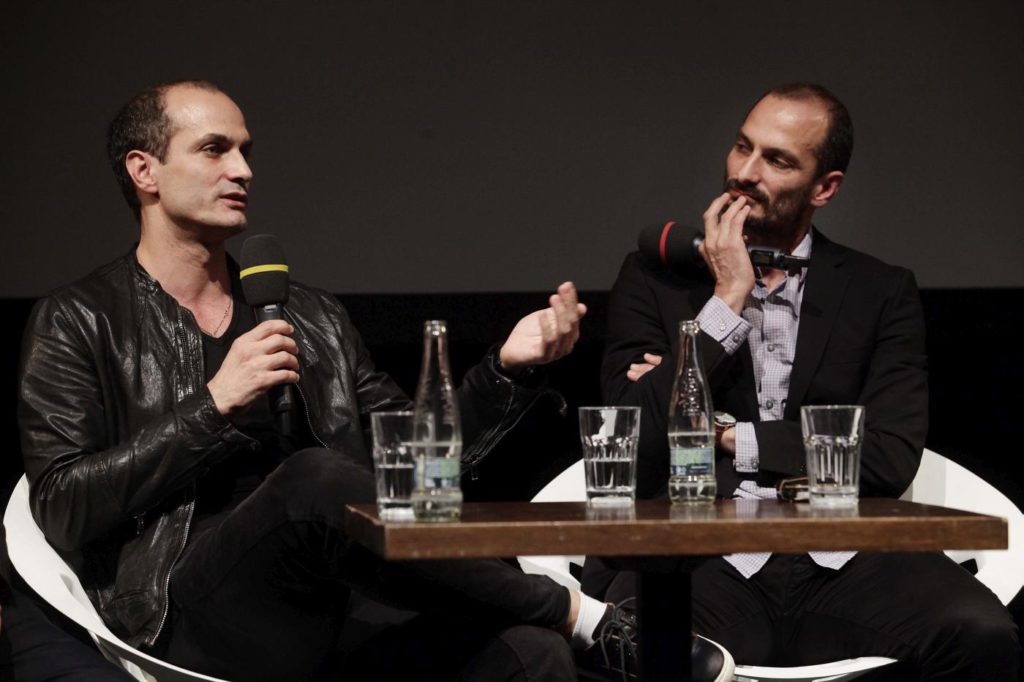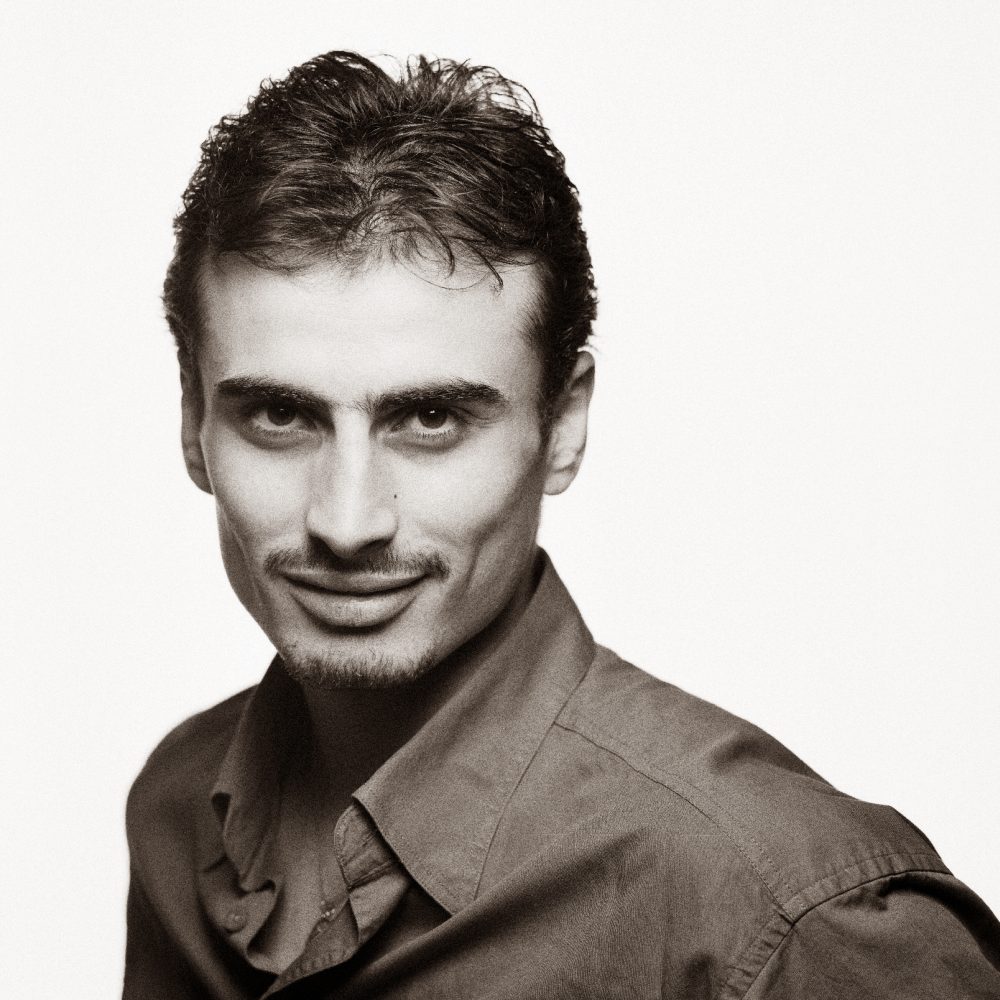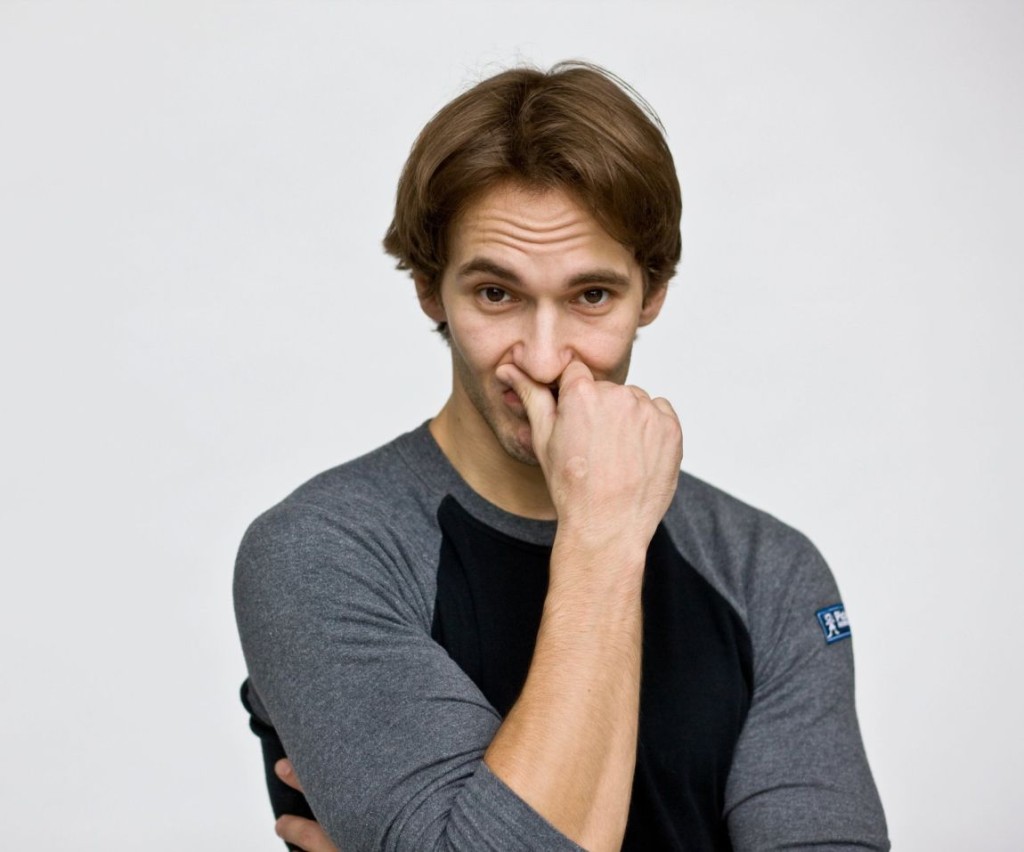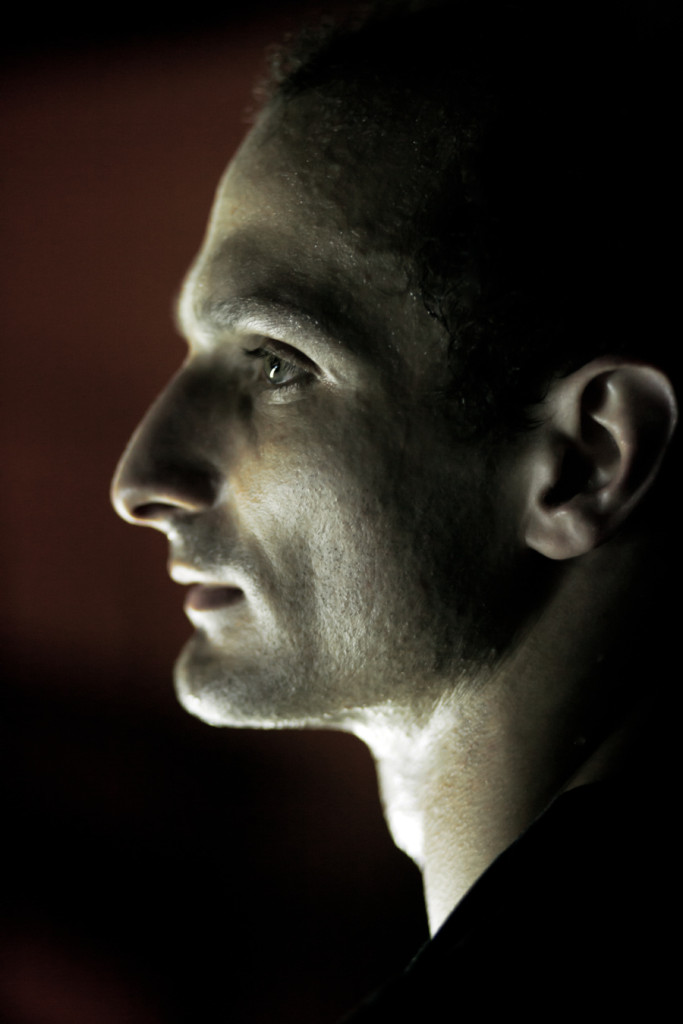A Conversation with Hans van Manen
Horst Koegler in Conversation with Hans van Manen in 1982
Altes Kammertheater
Stuttgart, Germany
October 31, 2016
transcribed and translated by Ilona Landgraf
Copyright © 2016 by Ilona Landgraf
 Horst Koegler (1927-2012) spoke with Hans van Manen in 1982 at the Altes Kammertheater in Stuttgart during an evening of the Noverre Society, which at the time was directed by Fritz Höver. This article was edited from an audiotape that was transcribed and translated into English by Ilona Landgraf.
Horst Koegler (1927-2012) spoke with Hans van Manen in 1982 at the Altes Kammertheater in Stuttgart during an evening of the Noverre Society, which at the time was directed by Fritz Höver. This article was edited from an audiotape that was transcribed and translated into English by Ilona Landgraf.
Photos courtesy of Dutch National Ballet, Ballett am Rhein, State Ballet Berlin, Stuttgart Ballet, Maryinsky Ballet and the Bolshoi Ballet.The portraits of Hans van Manen and Horst Koegler are by Gert Weigelt. Please click to enlarge.
 Hans van Manen: You ask how I came to speak my German. I think that’s an inborn skill. My mother was German, but we never spoke much German at home. Yet it must be innate because I can speak a quite good German without knowing that many words. What I heard from my mother were mostly nonsense tongue twisters like “Ein Student in Stulpenstiefeln stand auf einem spitzen Stein. Starrte stundenlang auf die still stehenden Sterne.” I think that was the way I learned German. (more…)
Hans van Manen: You ask how I came to speak my German. I think that’s an inborn skill. My mother was German, but we never spoke much German at home. Yet it must be innate because I can speak a quite good German without knowing that many words. What I heard from my mother were mostly nonsense tongue twisters like “Ein Student in Stulpenstiefeln stand auf einem spitzen Stein. Starrte stundenlang auf die still stehenden Sterne.” I think that was the way I learned German. (more…)
















